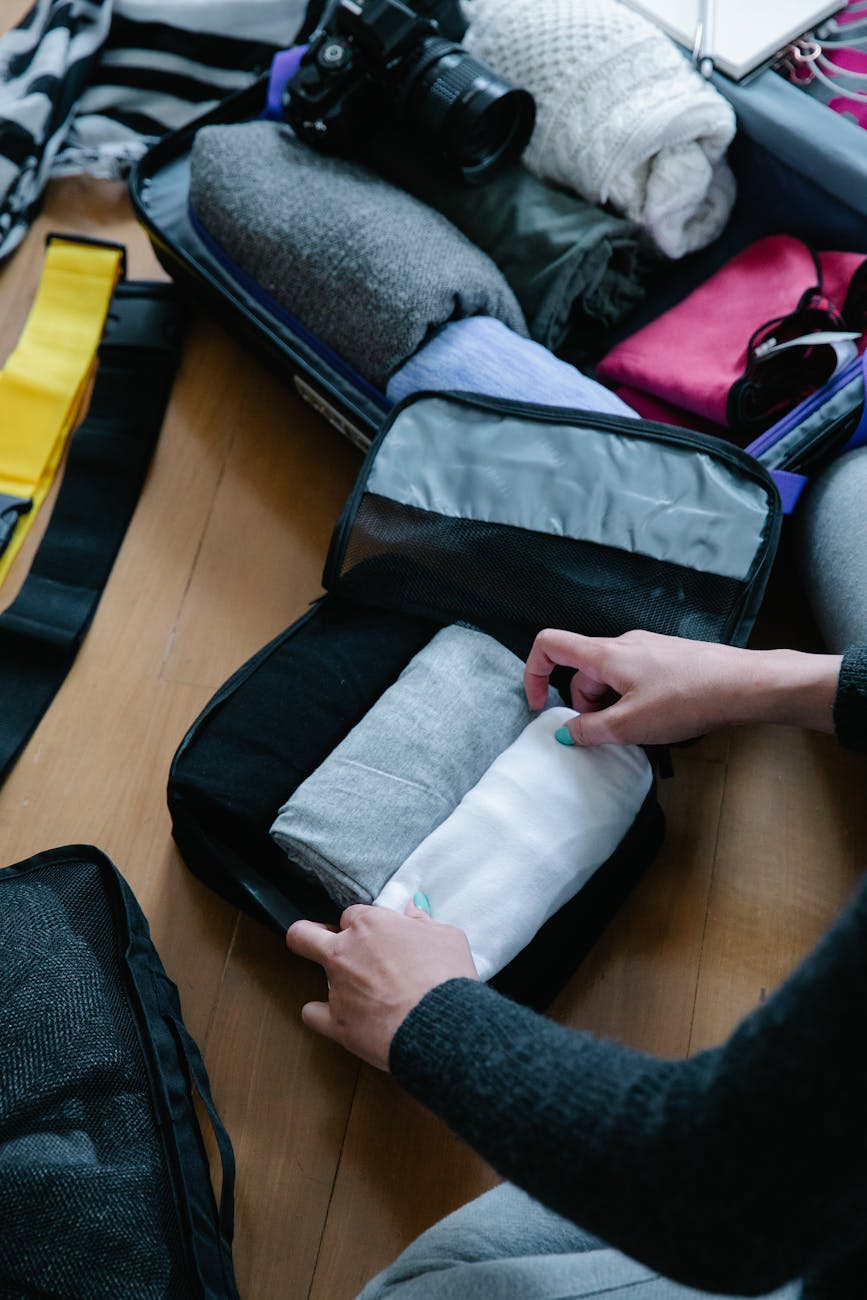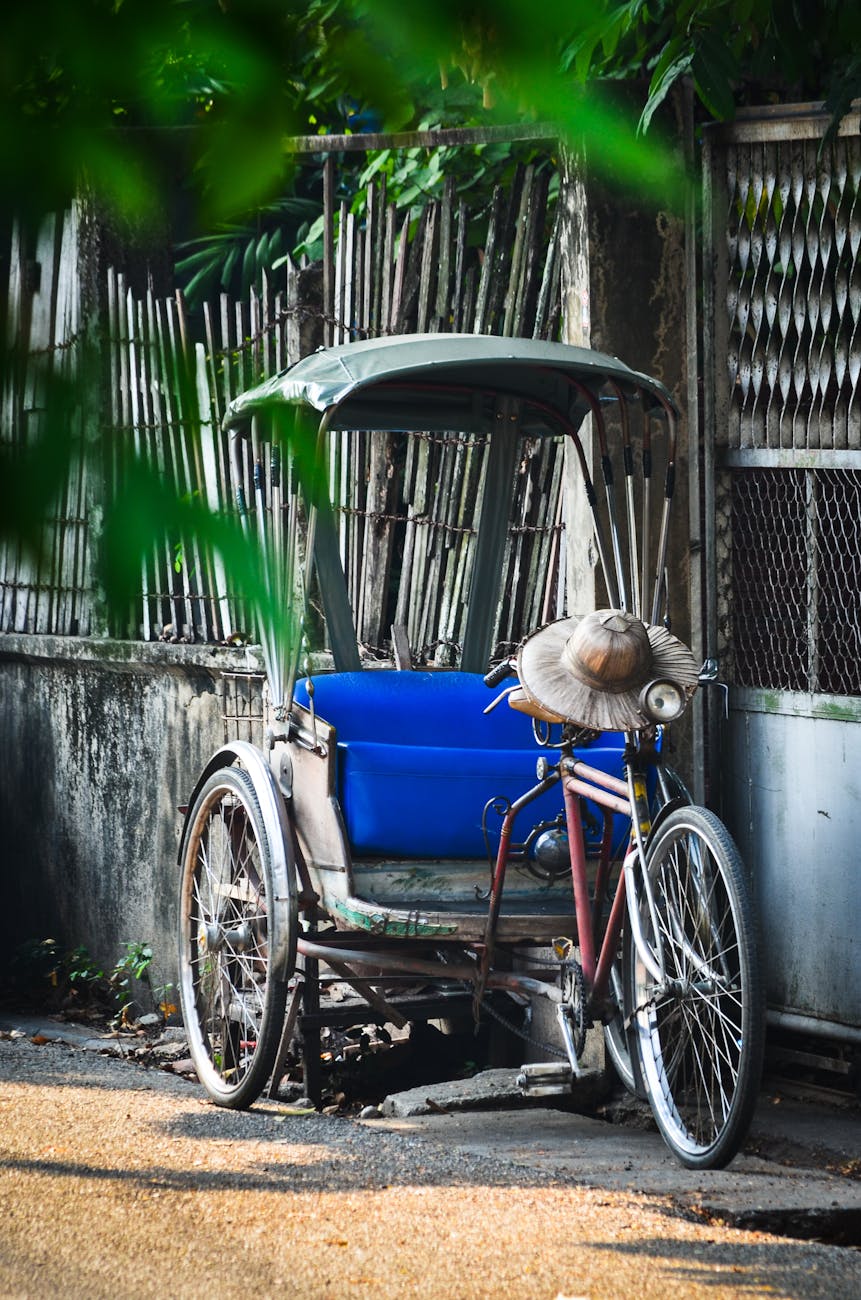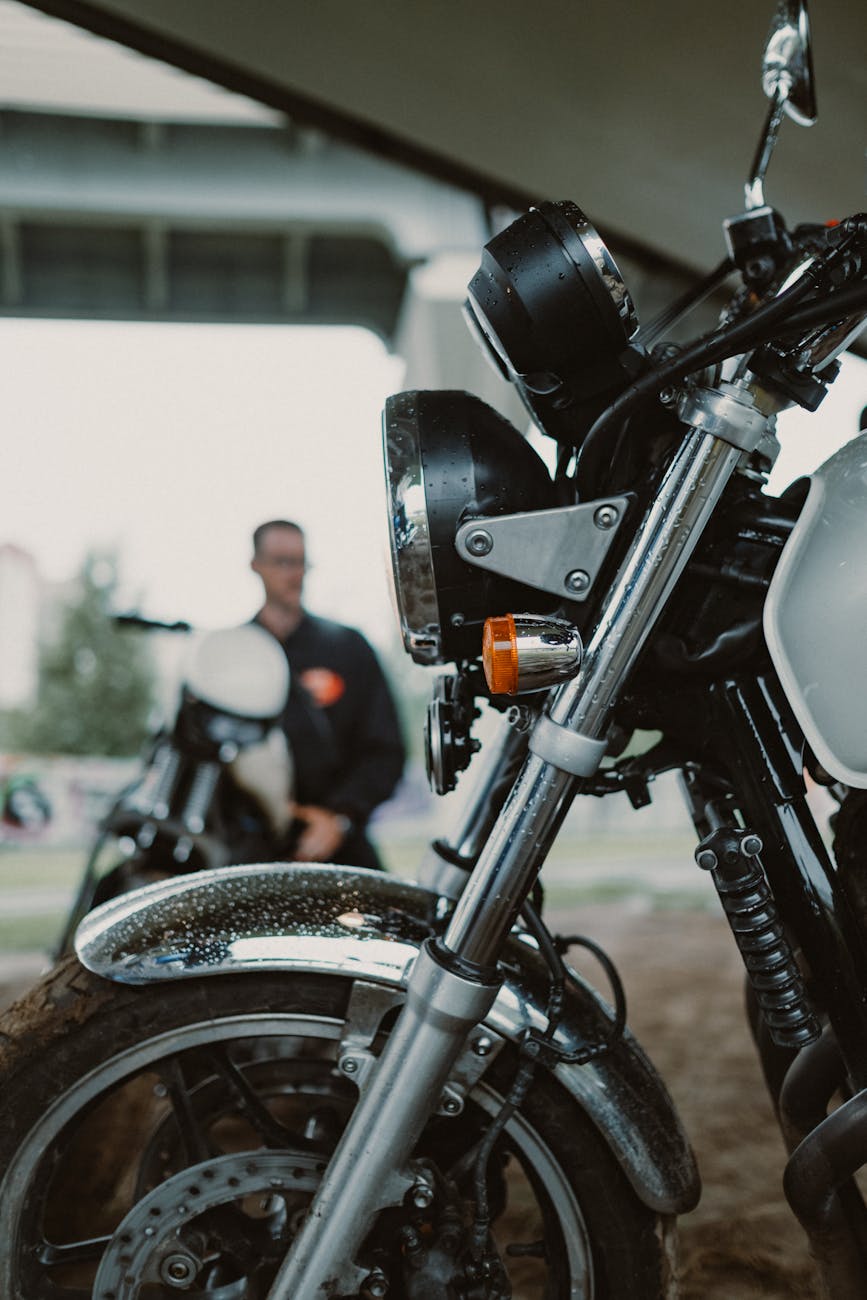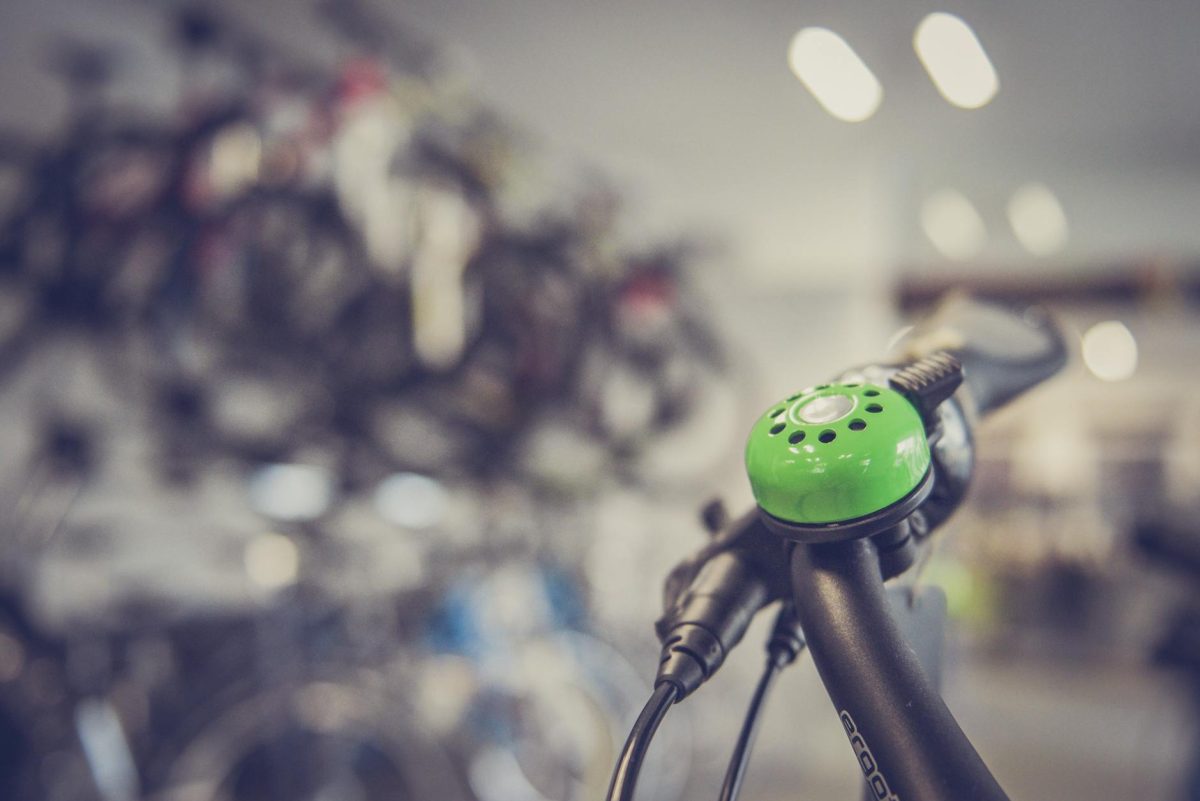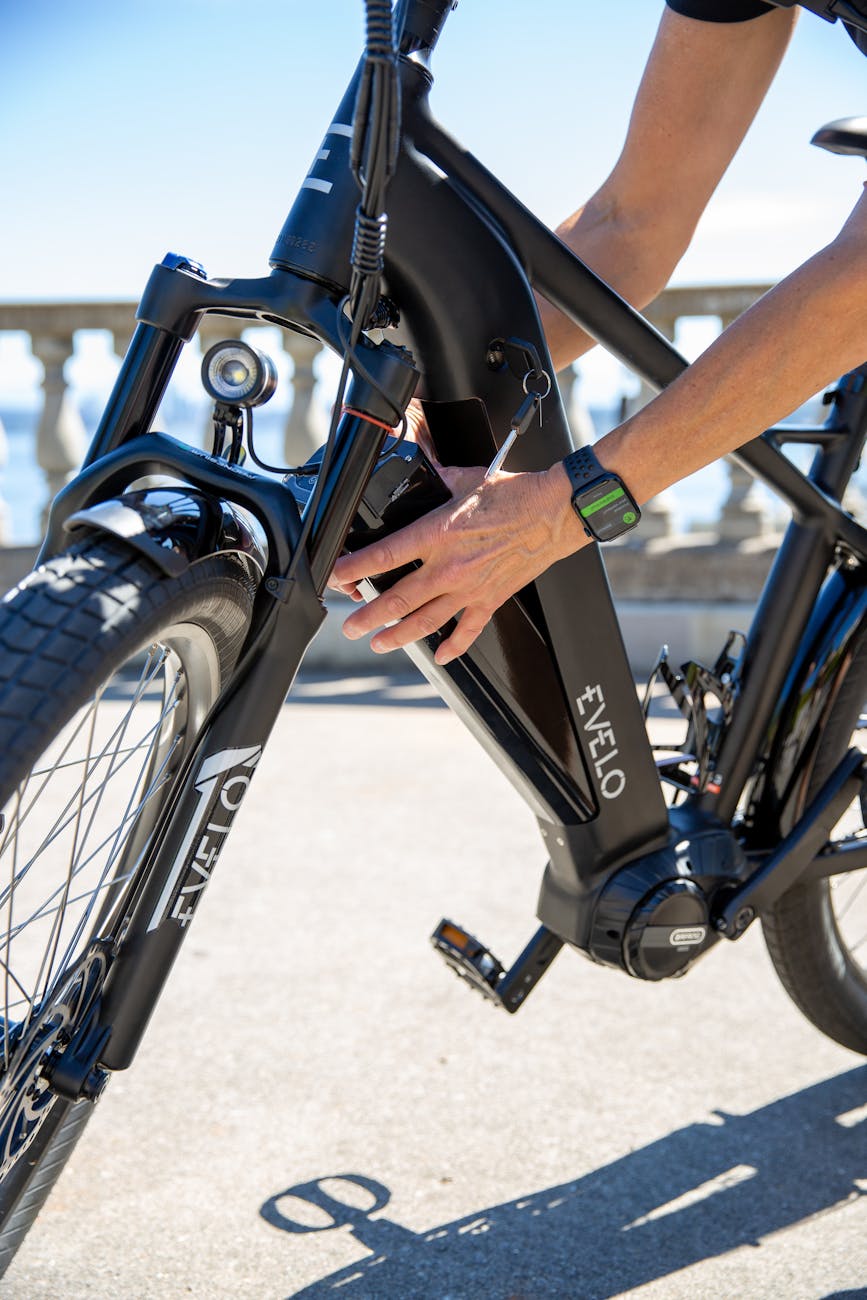Title: The Ultimate Guide to Folding Bike Maintenance: Essential Care Tips
In the world of cycling, folding bikes have gained immense popularity due to their convenience and portability. Whether you use your folding bike for daily commuting, leisure rides, or outdoor adventures, proper maintenance is essential to ensure its longevity and optimal performance. In this article, we will discuss some key maintenance tips that every folding bike owner should know. By following these essential care tips, you can prolong the life of your folding bike and enjoy a smooth and safe riding experience.
Inspecting Your Folding Bike Regularly
Regular inspection is the cornerstone of proper maintenance for any bicycle, including folding bikes. Start by checking the tires for any signs of wear and tear, such as punctures, cracks, or low pressure. Make sure the wheels are properly aligned and spin freely without any wobbling. Inspect the brake pads for wear and adjust them if necessary to ensure efficient braking. Additionally, check the chain for dirt, rust, or signs of stretching, and lubricate it regularly for smooth operation.
Cleaning and Lubricating Moving Parts
Cleaning your folding bike regularly is crucial for keeping it in top condition. Use a mild soap and water solution to clean the frame, wheels, and other components, and make sure to dry them thoroughly to prevent rust. After cleaning, lubricate the chain, derailleur, and other moving parts with a high-quality bicycle lubricant to reduce friction and prevent corrosion. Avoid using harsh chemicals or high-pressure water, as they can damage the bike’s components.
Adjusting the Gears and Brakes
Properly functioning gears and brakes are essential for a safe and enjoyable riding experience. Periodically check the shifting mechanism to ensure smooth gear changes and adjust the tension if needed. Test the brakes to make sure they engage smoothly and provide adequate stopping power. If your folding bike has disc brakes, check the brake pads for wear and alignment, and replace them if necessary. Proper adjustment of gears and brakes not only improves performance but also enhances safety on the road.
Maintaining Proper Tire Pressure
Maintaining the correct tire pressure is crucial for optimal performance and safety. Check the recommended tire pressure indicated on the sidewall of the tires and use a pressure gauge to ensure they are inflated to the correct level. Underinflated tires can lead to increased rolling resistance, reduced handling, and a higher risk of punctures, while overinflated tires can result in poor traction and a harsh ride. Regularly check and adjust the tire pressure to maintain optimal performance and prolong the life of your folding bike’s tires.
Storing Your Folding Bike Correctly
Proper storage is key to preserving the condition of your folding bike when not in use. Store your bike in a dry and sheltered area to protect it from the elements and prevent rust and corrosion. If possible, hang your folding bike vertically using a wall mount or bike stand to save space and prevent damage to the frame and components. Before storing your bike, make sure it is clean and dry, and consider covering it with a protective bike cover to shield it from dust and moisture.
Conclusion
Proper maintenance is the key to keeping your folding bike in top condition and enjoying many years of safe and enjoyable rides. By following these essential care tips, you can ensure that your folding bike performs at its best and remains a reliable companion on all your cycling adventures. Remember to inspect, clean, lubricate, and adjust your bike regularly to prevent issues and prolong its lifespan. With a little time and effort invested in maintenance, your folding bike will continue to provide you with endless opportunities for exploration and fun on two wheels.
